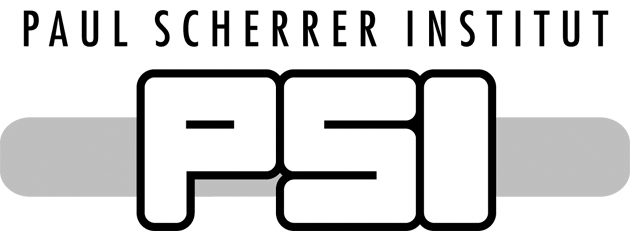
Thursday, March 11, 2021, 16:00
online only
Marco Stampanoni, ETHZ and PSI
Abstract:
After a concicse introduction on the principles of tomographic X-ray
imaging, I will discuss how third and fourth generation synchrotron
facilities can boost X-ray microscopy towards its (diffraction) limits.
High-sensitive X-ray imaging relies on the intrinsic coherent properties
of synchrotron beams which, combined with suitable optics and
algorithms, allows sensing the wavefront disturbances generated by
samples and - consequently - to reconstruct their inner structure.
During the last decade, tomographic microscopy has been pushed down to
isotropic resolutions as small as a few tens of nanometers while, at the
micrometer scale, tomographic scans can be performed as fast as hundreds
of tomograms per second. These novel capabilities opened new
opportunities for a plethora of biomedical applications, enabling, for
instance, in-vivo dynamic observation of complex biomechanical
mechanisms in small animals and insects or the visualization of foaming
processes in metal alloys. Some of the X-ray optics developed for
synchrotron experiments have been shown to be compatible with operations
on conventional X-ray tubes. A method relying on the coherent properties
of X-rays is grating interferometry. Originally developed to measure
fundamental properties of a synchrotron beam (such as source size and
divergence) grating interferometers have further evolved into
sophisticated tools for advanced X-ray imaging in the lab and, very
recently, even for clinical applications. The capability of grating
interferometers to generate image contrast exploiting refraction and
scattering, rather than absorption, can potentially revolutionize the
radiological approach to medical imaging because they are intrinsically
capable of detecting subtle differences in the electron density of a
material (like a lesion delineation) and of measuring the effective
integrated local small-angle scattering power generated by the
microscopic structural fluctuations in the specimen (such as
micro-calcifications in a breast tissue). The talk will discuss
challenges of advanced synchrotron-based dynamic tomographic microscopy,
grating interferometry and their use in material science, biomedical and
clinical applications. At the end, an outlook into the recently approved
TOMCAT2.0 upgrade program will be provided, illustrating future
capabilities which will be at reach as soon as SLS2.0 will resume
operation.